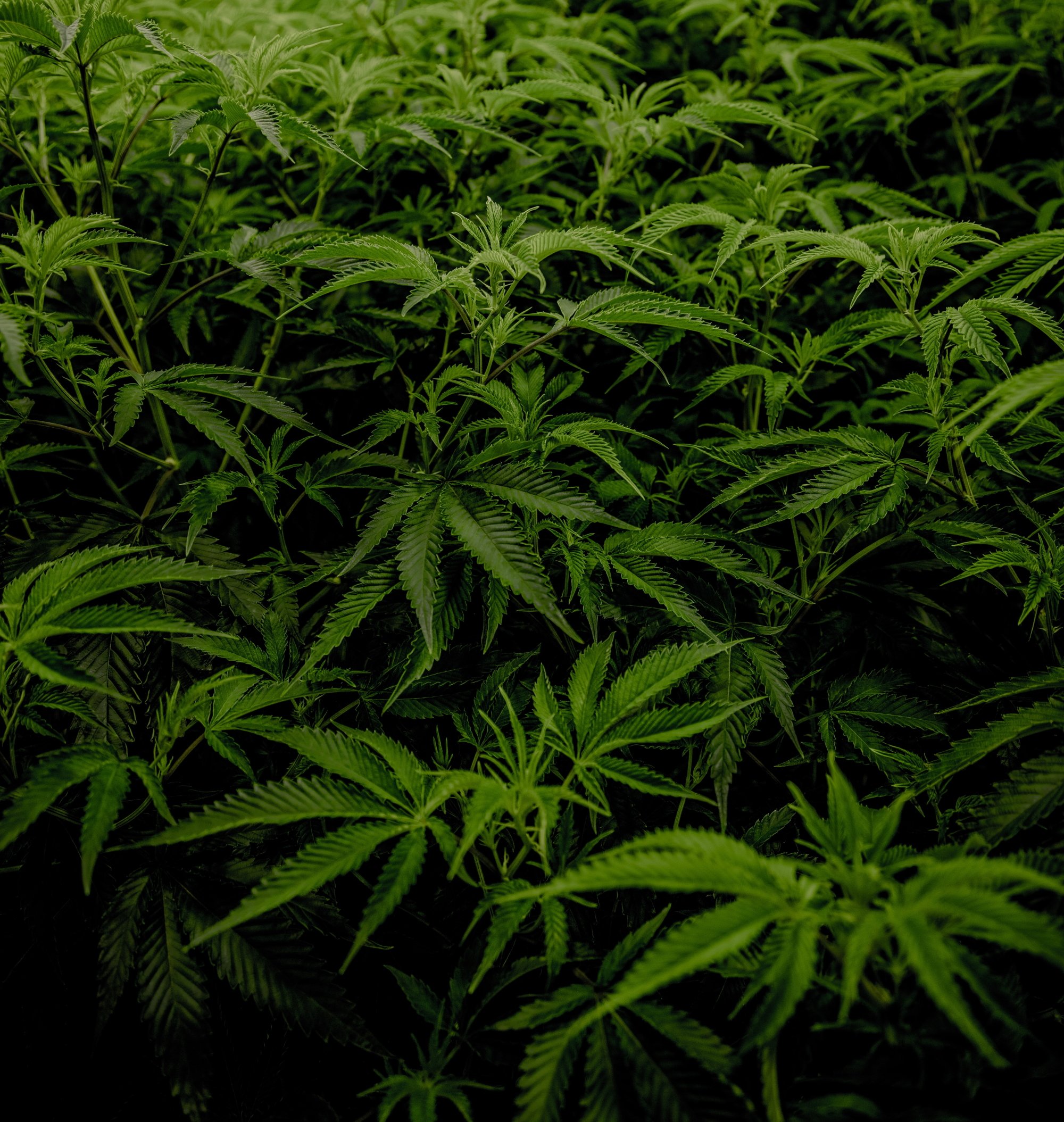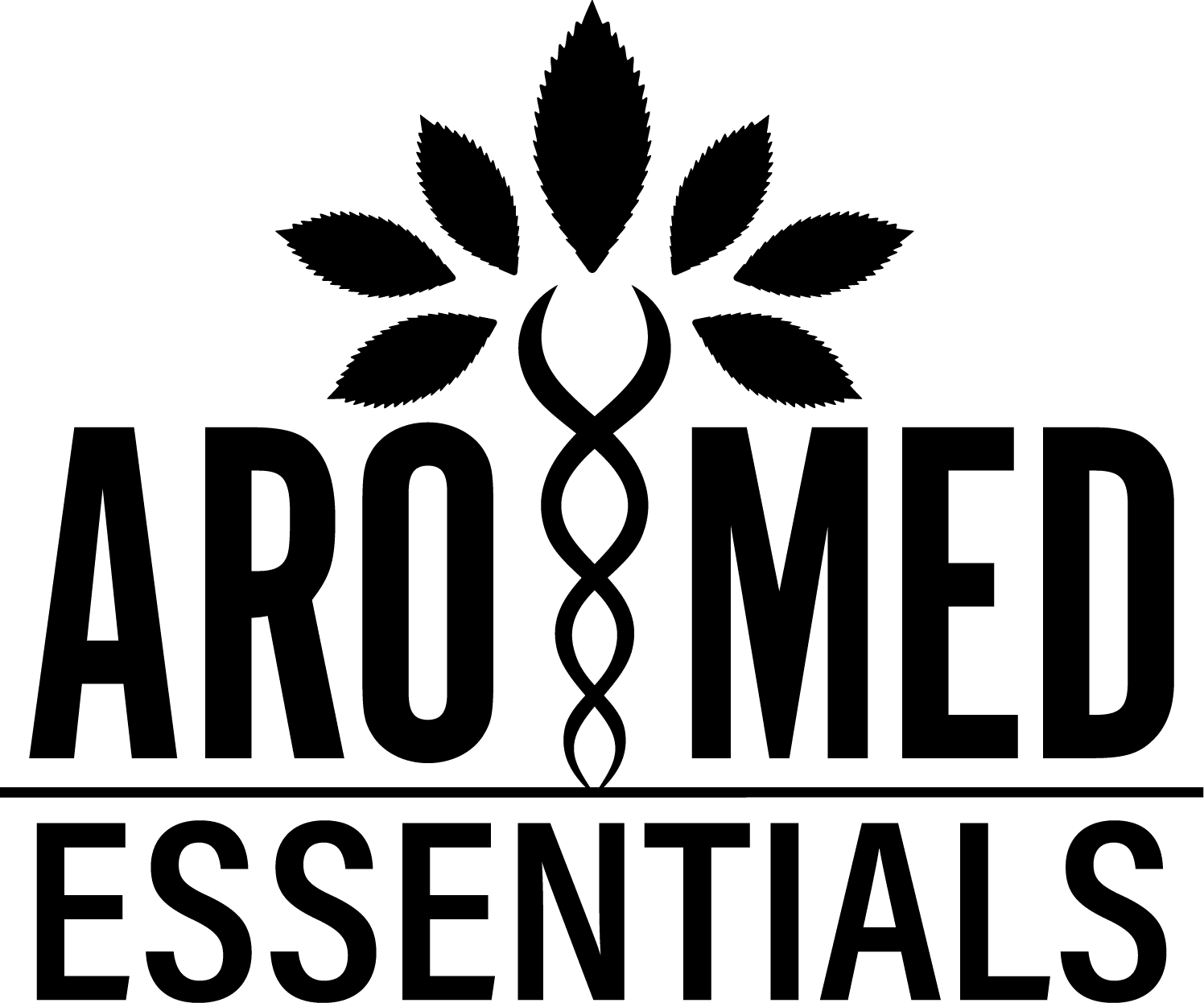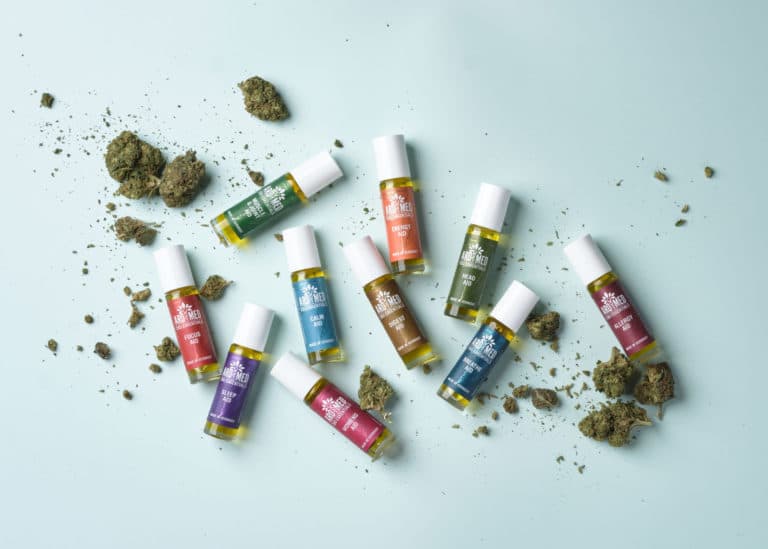Differentiating Hemp and Marijuana (And Why That’s Important)

Posted on December 9th, 2020 to AroMed CBD & Aromatherapy Blog by cannaplanners
CBD products have become all the rage in recent years – and with good reason. Due to its natural healthy components that help in pain alleviation and management of symptoms of different diseases, consumption of CBD products has boomed and market size is expected to reach more than USD120 Billion in the next seven years.
Despite the ever-growing demand, there is still a dispute in legalizing hemp products, and this is solely due to a psychoactive element called THC or tetrahydrocannabinol.
THC and cannabidiol, or CBD, are two natural compounds found in Cannabis plants. This, though, is where the buck stops over the similarities of the two. It’s essential to highlight the dissimilarities between these two compounds, specifically the most glaring difference, which is how each impacts the human body in opposite ways.
Chemical Structure
Both CBD and THC have the same molecular structure and molecular formula – C21H30O2. These two compounds have an identical chemical makeup that interacts with our body’s own endocannabinoid system and cannabinoid receptors. This interaction releases neurotransmitters into our brains and impacts the body’s receptiveness to and toleration of pain.
Appearance
CBD is extracted from the hemp plant, which grows taller and skinnier and in effect has skinnier leaves which are mostly at the top of the branch. Meanwhile, THC is extracted from a shorter and bushier Marijuana plant that has broader leaves and tighter buds.
Impact on the Body
The psychoactive nature of THC is grossly opposite from CBD. Simply put, CBD is actually non-psychoactive. It doesn’t create or produce the sensation of being “high” that is commonly attached to THC.
THC stimulates the CB1 receptors in our body, which creates the psychotropic effects that cause one to feel euphoric. Conversely, CBD doesn’t really bind with CB receptors and actually creates a soothing, relaxing feeling. This is why it is best associated with relieving pain and inflammations.
Legality
Though both CBD and THC have similar medical benefits, essentially, all forms of cannabis are yet to be legalized. Both marijuana and THC fall under controlled substances so wide use and distribution is still very much regulated.
Purpose
Both have medicinal benefits but are more suitable for certain types of medical conditions. CBD is mostly used for controlling epileptic and other forms of seizures. It is also highly effective in managing internal and external inflammations. Patients with migraine resort to rubbing CBD oil on their temples or at the back of their necks to reduce dizziness or manage painful migraines.
THC has been proven to help manage a variety of conditions including glaucoma and insomnia.
However, even though both may have helpful benefits, CBD is more widely used since it can be consumed in larger doses without feeling any side effects nor psychoactive tendencies. The same can’t be said for THC, which causes palpitations, sudden memory loss, reddening eyes and dryness in the mouth.
Conclusively, both compounds are not fatal. But consuming THC longer and in greater dosages can have lasting damaging effects to one’s neurosis. For the safest measure, as with any other substance, use CBD-based products in moderation and as a complement to a healthy lifestyle.
Copyright © 2024 AroMed Essentials |
Site by CannaPlanners


